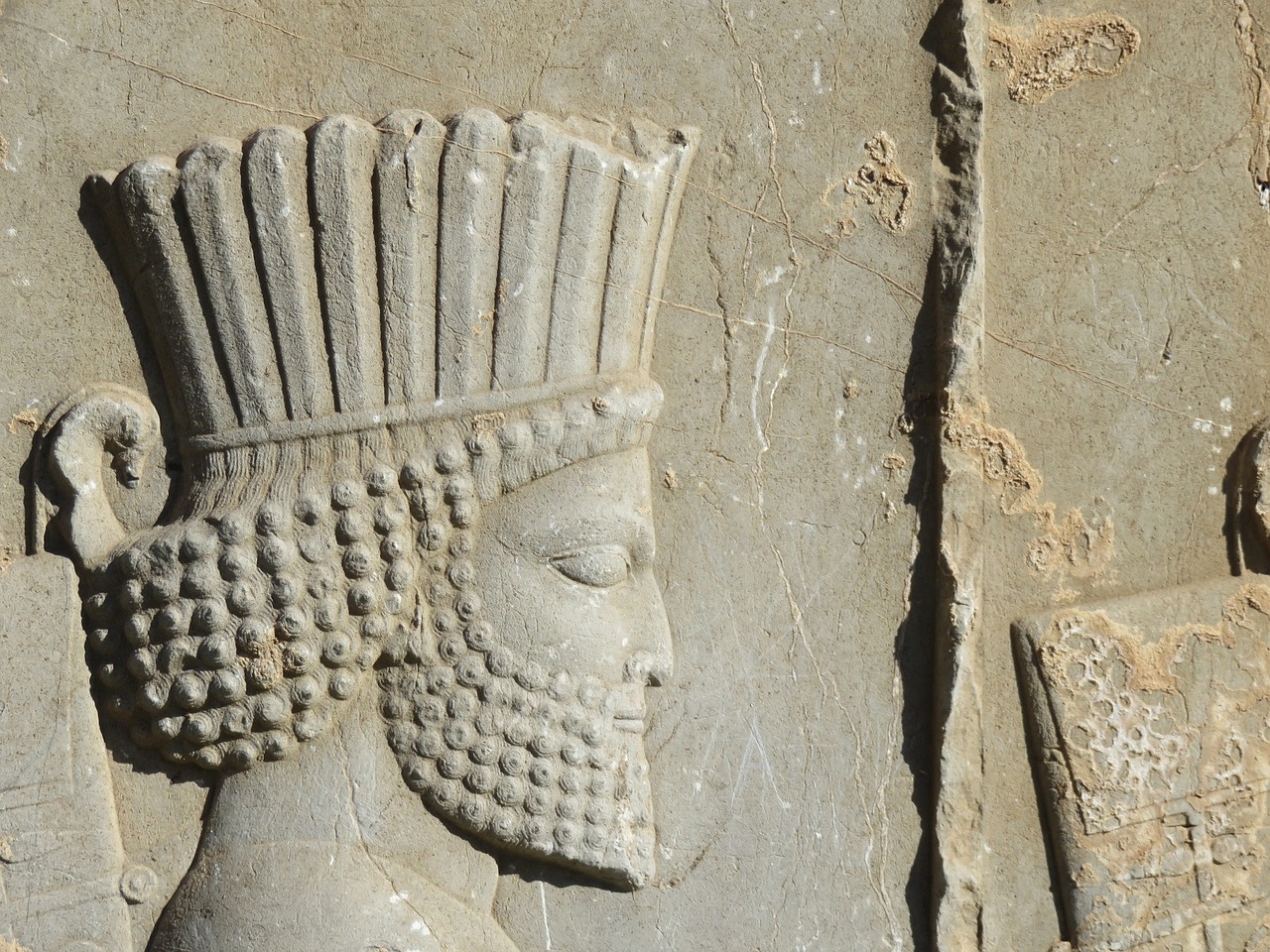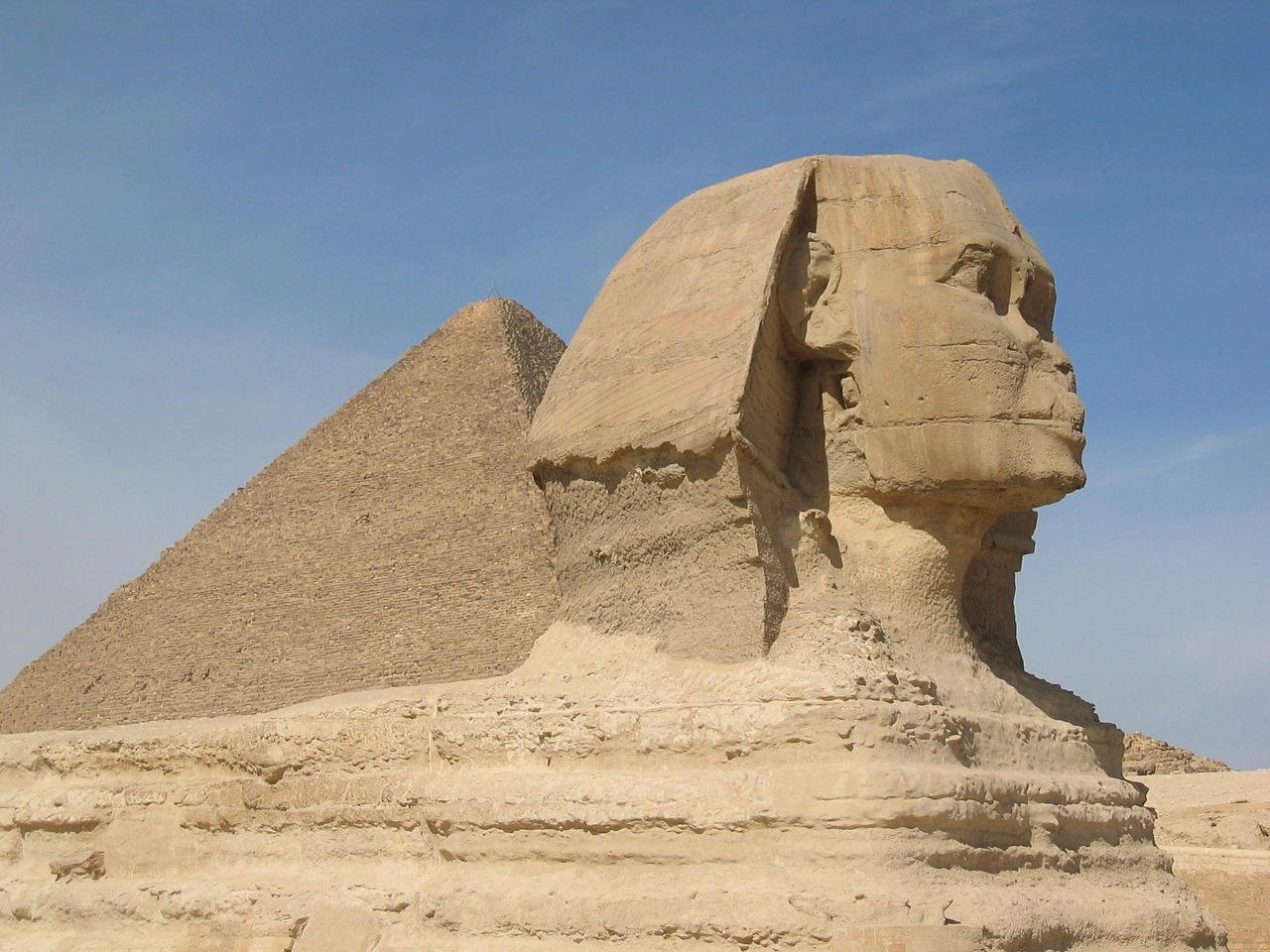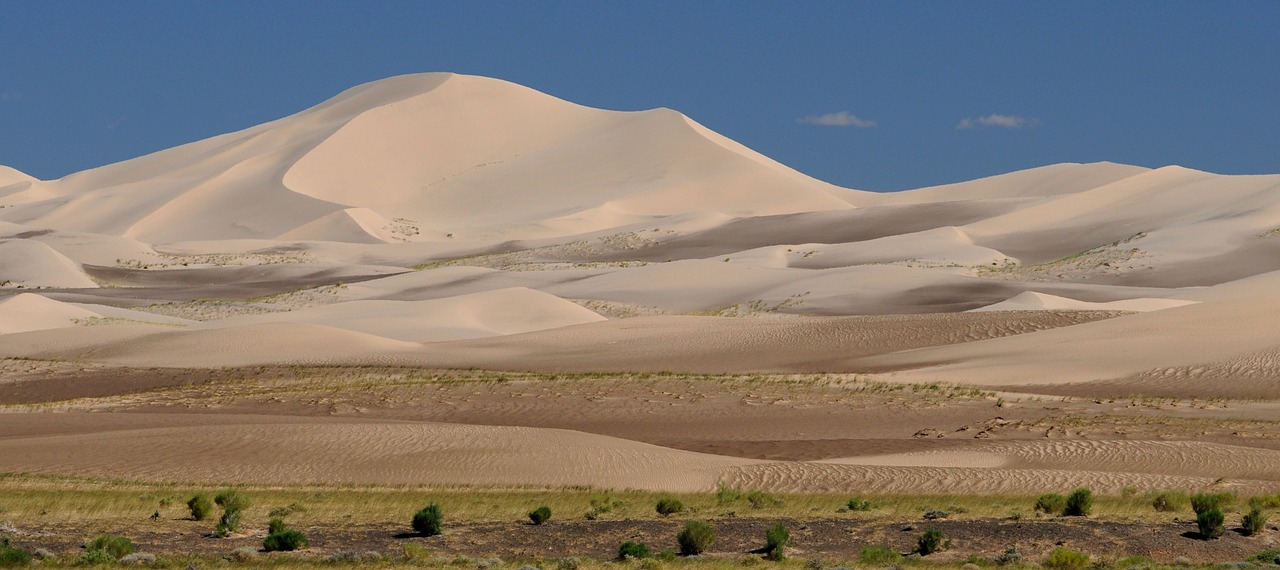
From 550 – 330 BC, the Persian Empire was the most prominent and powerful ruling civilization in the ancient world. Also known as the Achaemenid Empire, its vast territory extended across Northern Africa and Anatolia to Central Asia and Northern India to cover much of West Asia.
Here, we discuss the formation of this empire and how it had a hand in shaping the world as we know it today.
Creating an Empire: Cyrus the Great
The foundations of the Persian Empire were laid by Cyrus II, the King of Persia, also known as Cyrus the Great. In 550 BC, his army defeated King Astyagus of Media, the ruler of much of Eastern Anatolia and Iran. This battle destabilized the power balance in Western Asia, resulting in many rulers pushing forward and challenging the Persian Army to take control of the region left by King Astyagus.
However, Cyrus the Great proved to be an expert tactician and military leader. He united and trained the numerous Persian tribes to create a single Persia army that became a formidable force. Not only was Cyrus the Great able to protect his lands, but he was also able to conquer surrounding territories rapidly.
Its confirmation as the most powerful empire in the world came with the victory over the Babylonians in 539 BC and the Ancient Egyptians in 525 BC.
Contributions to the World
What is particularly interesting about the Persian Empire is its approach to ruling. Cyrus the Great was tolerant toward the people of conquered regions in a way that was unheard of during those times. He allowed them to keep their religions, languages, and customs, and even future Persian kings continued following these inclusive policies. In fact, many historians believe this approach is one of the major reasons the Persian Empire remained in control for 200 years.
Additionally, when Darius I emerged as the king of Persia in 522 BC, he introduced a decentralized ruling system. He divided the empire into self-governed provinces ruled by satraps, who were charged with maintaining order and collecting taxes.
Furthermore, he began the construction of an extensive road system that connected the major cities in the empire. Called the Royal Road, this network improved trade and communication, which in turn helped the empire’s economy grow.
Other significant cultural contributions include the empire’s willingness to embrace its diverse cultures and fuse them to create incredible works of art and architecture. The magnificent ruins of Persepolis are a prime example of this. Half natural-terrance, half artificial, this palace complex showcases the opulence and advanced construction technology of the Persian Empire.
The Downfall of the Persian Empire
Alas, as with every empire before, the Persian Empire eventually succumbed to internal strife and failed invasions. Eventually, the weakened empire faced its downfall in 330 BC when it fell to the invading armies of Alexander the Great.
However, this battle was long and arduous, as Alexander’s army had to fight its way through each province and take control by force. This strong resistance from the Persians shows the extraordinary unity and solidarity they held.
Despite its eventual conquest, the Persian Empire was still one of the most influential civilizations to exist. It introduced the world to tolerance, inclusion, infrastructure, and cultural innovations and set precedence for all future empires to come, a true testament to its intricate and powerful legacy.
Author: Amita Vadlamudi








